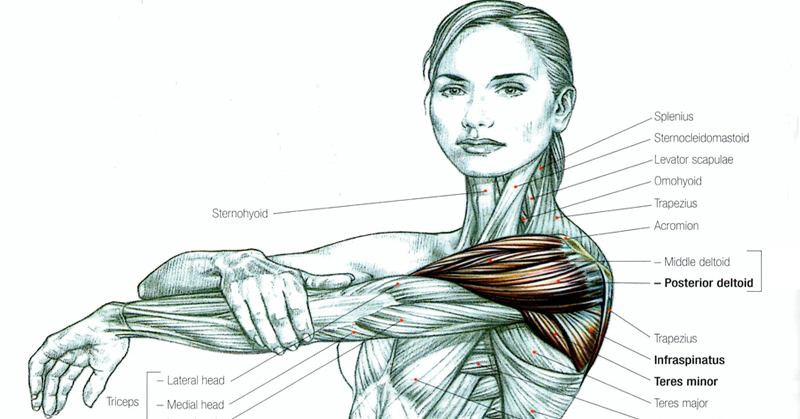Stretching is an important aspect of maintaining good health, but there are numerous myths surrounding stretching that can lead to confusion and even harm. It’s crucial to debunk these myths to ensure that we are getting the most out of our stretches and avoiding unnecessary pain and injury.
1. Static Stretching Gets You Ready to Exercise
Contrary to popular belief, static stretching before a workout can do more harm than good. Studies have shown that static stretching before exercise can reduce efficiency and increase the risk of injury. Instead, opt for dynamic movements to warm up your muscles and prepare for physical activity.
2. Static Stretching is Bad
While static stretching before a workout may not be ideal, it can be beneficial after exercise to aid in cooling down and improving flexibility. Devote a few minutes post-workout to perform static stretches for optimal benefits.
3. Stretching Will Prevent Injury
Although stretching after exercise may help reduce the risk of injury, it is not a foolproof method for injury prevention. Other factors such as improper warmups, technique, and muscle imbalances play a significant role in injury prevention.
4. Stretching Prevents Soreness
The effects of stretching on muscle soreness are inconclusive. While stretching may have other benefits and potentially reduce the risk of soreness, it is not a guaranteed solution for eliminating muscle soreness.
5. Flexible People Don’t Need to Stretch
Regardless of current flexibility levels, everyone can benefit from incorporating stretching into their routine. Regular stretching helps maintain flexibility, especially as we age and tend to lose flexibility over time.
6. Stretch Until it Hurts
Pushing yourself to the point of pain during stretching is counterproductive and can lead to injury. It’s essential to practice safe stretching techniques and avoid overstretching or exceeding your limits.
7. Stretching is Always Healthy
While stretching offers numerous benefits, it is crucial to approach it with caution. Stretching a cold muscle without proper warmup can be ineffective and potentially harmful. Always warm up before engaging in stretching activities.
8. You Only Need to Stretch When You Feel Tight
Incorporating stretching into your regular routine is key to reaping the full benefits of stretching. Waiting until you feel tight to stretch may limit the advantages that stretching can provide. Prevention through regular stretching is preferable to remedial stretching.
10. Always Stretch the Muscle that Hurts
While targeting tight and painful muscles for stretching is common, it’s essential to consider the interconnectedness of muscles in the body. Sometimes, tension in one muscle may be alleviated by stretching surrounding or opposing muscles. Experiment with different stretches to find the best relief for your discomfort.
Before engaging in games or races, opt for dynamic warmup activities to prepare your muscles and joints. Save static stretching for post-exercise to cool down effectively.
Sources
- ncbi.nlm.nih.gov
- ncbi.nlm.nih.gov






